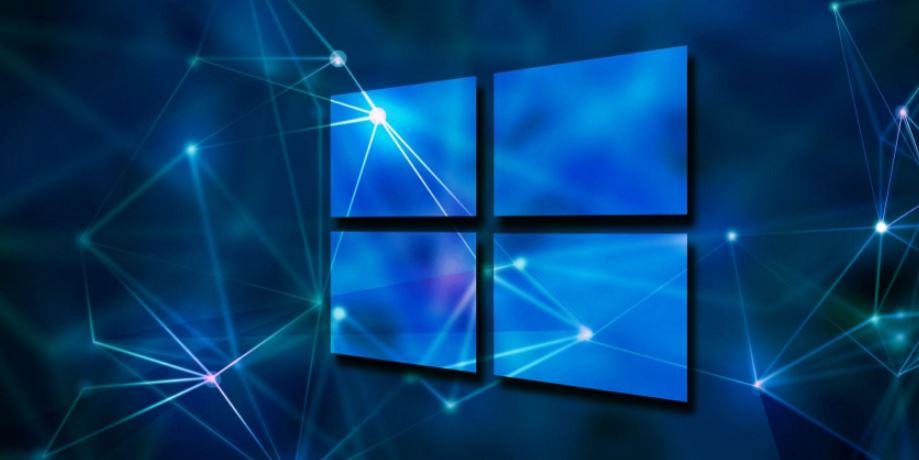Windows 10: A Powerful Yet Privacy-Concerning OS
Windows 10 is one of the most widely used operating systems worldwide, offering numerous features to enhance user experience. However, there are hidden aspects that allow Microsoft to access your device without your knowledge. This article will reveal these secrets and provide essential tips to protect your privacy while using Windows 10.
Windows 10 Secrets and Hidden Features
1. Automatic Updates That Can’t Be Fully Disabled
Windows 10 forces automatic updates to ensure the system is always up to date.
- You can pause updates temporarily through Windows Update Settings but cannot fully disable them.
2. Windows Telemetry: Microsoft’s Data Collection
- Windows 10 collects user data, including system performance, errors, and frequently used applications.
- You can limit the data sent to Microsoft by adjusting privacy settings under Feedback & Diagnostics.
3. OneDrive Integration
- Windows 10 comes with OneDrive enabled by default, automatically syncing files to the cloud.
- If you don’t use OneDrive, you can disable it in system settings.
4. Pre-installed Apps You Might Not Need
- Windows 10 includes several built-in apps like Mail, Weather, and Xbox.
- You can remove unwanted apps using PowerShell commands to declutter your system.

How Microsoft Uses Your Device Without Your Knowledge
1. Cortana’s Data Collection
- The virtual assistant, Cortana, collects data such as search history and location preferences.
- You can disable Cortana or restrict its access via privacy settings.
2. Using Your Network for Update Sharing
- Windows 10 allows your device to act as a peer-to-peer update distributor, sharing updates with other devices.
- To disable this, go to Settings > Windows Update > Advanced Options and turn off update sharing.
3. Remote Access and Device Management
- Features like Remote Desktop and Windows Management Instrumentation (WMI) allow remote control of your device.
- If you don’t need remote access, disable Remote Desktop for enhanced security.
How to Protect Your Privacy on Windows 10
- Disable Microphone and Camera Access: Go to Privacy Settings > Microphone & Camera and restrict app access.
- Turn Off App Data Syncing: Prevent Windows from syncing app data with your Microsoft account.
- Use Reliable Security Software: Install antivirus software and scan your device regularly for spyware or malware.
Additional Security Tips for Windows 10
1. Enable BitLocker Encryption
- BitLocker helps encrypt sensitive files and folders to enhance data security.
2. Use a Non-Administrator Account for Daily Use
- Creating a limited user account can prevent unauthorized installations and system changes.
3. Check Windows Firewall Settings
- Ensure Windows Firewall is active to block unauthorized access attempts.
Conclusion
Windows 10 offers a wide range of powerful features, but some default settings may compromise your privacy. By following the security measures outlined in this article, you can safeguard your device and personal information.
🔗 Source: Matrix219.Net – Windows 10 Secrets and Privacy